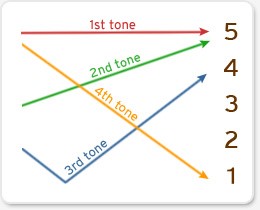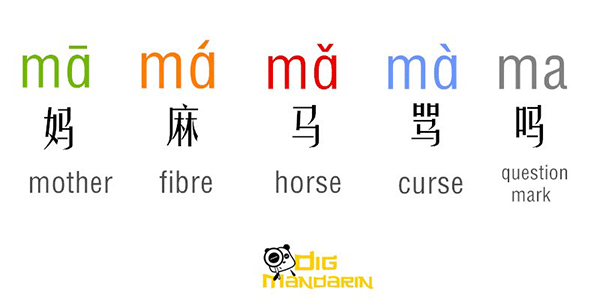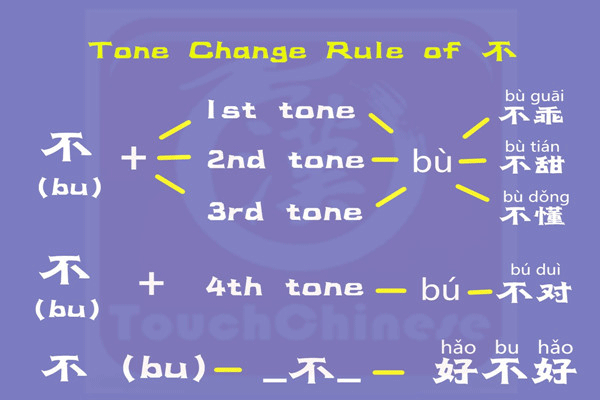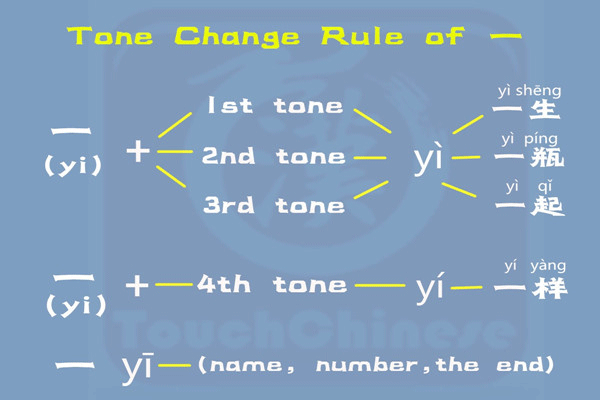What are tones?

Mandarin Chinese is a tonal language, which means that the way a sound is pronounced directly affects the meaning of what is said. Mandarin’s tones give the language a very distinctive quality, but the tones can also be a source of miscommunication if not given due attention.
There are four main tones and one neutral tone in mandarin Chinese (or, as some say, five tones). Each tone has a distinctive pitch contour, which can be graphed using the following Chinese 5-level system.

First Tone High and level sound, naturally prolonged. A straight horizontal line: ˉ e.g. mā
Second Tone Rising tone, from low to high, just like the pitch in question. A rising diagonal line:ˊ e.g. má
Third Tone First falling and then going up again A curved “dipping” line: ˇ e.g. mǎ
Forth Tone Total falling tone which starts out very high and falls short and strong A dropping diagonal line:ˋ e.g. mà
Neutral Tone Pronounced very light and quick Have no tone mark e.g. ma
I've seen some posts claim that the Chinese tones are just like English, which convey the attitude or feeling of a speaker, however, it`s not the case. This idea is mixing up two different concepts. English doesn`t have tones since words don`t change the meanings when you pronounce them with different intonations. However, in Chinese, even with the same initial and final, different tones represent different characters and meanings. There are many Chinese characters with the same initials and finals. E.g.

Common Tone Rules
Third Tone Sandhi
When a third tone followed by another third tone, it should be pronounced as a second tone automatically. But the writing script should remain unchanged as the third tone mark. For example:
你好 (nǐ + hǎo) à 你好 (ní hǎo)
我很好 (wǒ + hěn + hǎo) à 我很好 (wó hén hǎo)
Tone sandhi of “不”
“不” becomes a second tone when followed by a fourth tone character. It is a fourth tone syllable by itself and when followed by other four tones then the following will happen.

Tone sandhi of “一”
“一” is pronounced in first tone when it`s by itself, at the end of a word, or used as a number. When it is followed by a first tone, second tone, or third tone character though, “一” changes to the fourth tone. It is pronounced in the second tone when it precedes a fourth tone.








